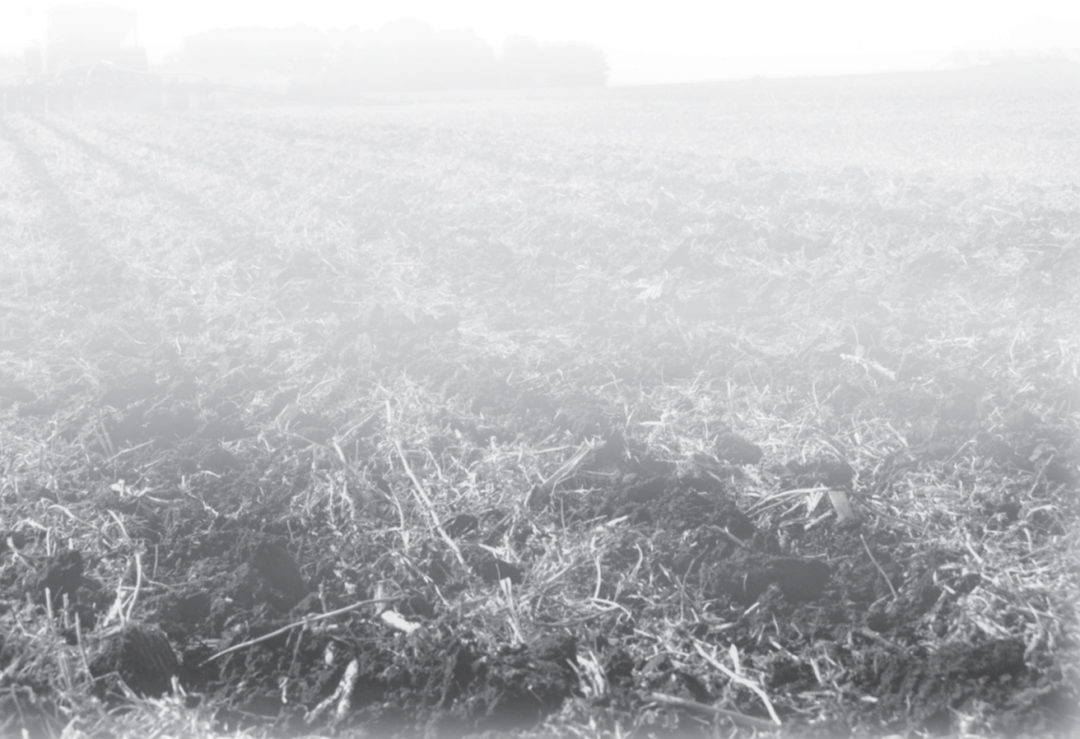No-Till Farmer
Get full access NOW to the most comprehensive, powerful and easy-to-use online resource for no-tillage practices. Just one good idea will pay for your subscription hundreds of times over.

“Mound height is the key to successful strip tilling, but I see a lot of people who don’t pay a lot of attention to the mound height,” says Jim Kinsella, who’s been making strip-till work for more than 20 years on his farm in Lexington, Ill.
“The higher the mound the better. Make it as high as you can,” he adds. “We usually start with about a 4-inch mound in the fall. They settle down over the fall and winter.”
Kinsella says the height of the strip directly addresses the biggest problem facing no-tillers: wet, cold soil in the spring.
“It’s the amount of water in the mound that controls the temperature of the soil, not the residue cover on the mound. The soil will not warm up until you get that water out of there. You’ve got to get that water down. Water moves down with gravity, so making the mounds high enough is key to moving that moisture,” he says.
“Wet soil conditions mean cold soil conditions because when it’s wet, I don’t care how warm the rain is, it’s going to stay cold,” he adds. “Also, if you plant when it’s a little wet, you pack the sidewalls and it’s not a really good seed environment.”
Kinsella disagrees with the belief that removing residue from the strip will help warm the soil. “It doesn’t make much difference whether there’s residue on it or not, especially early in the year when you don’t have a very…